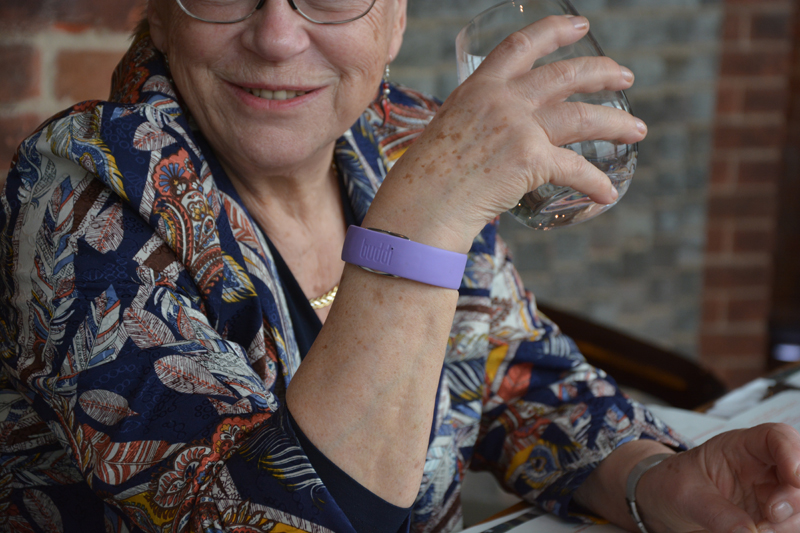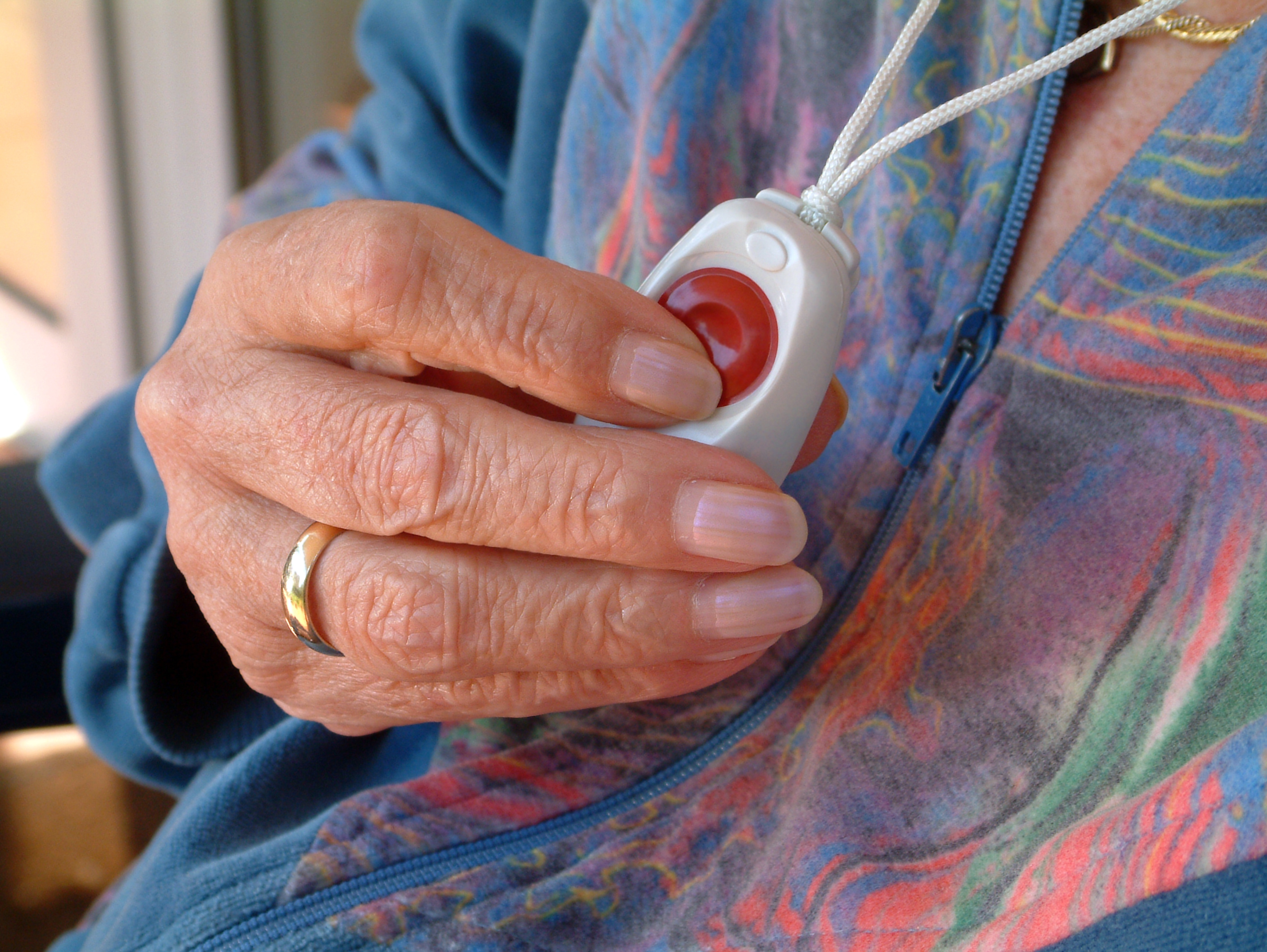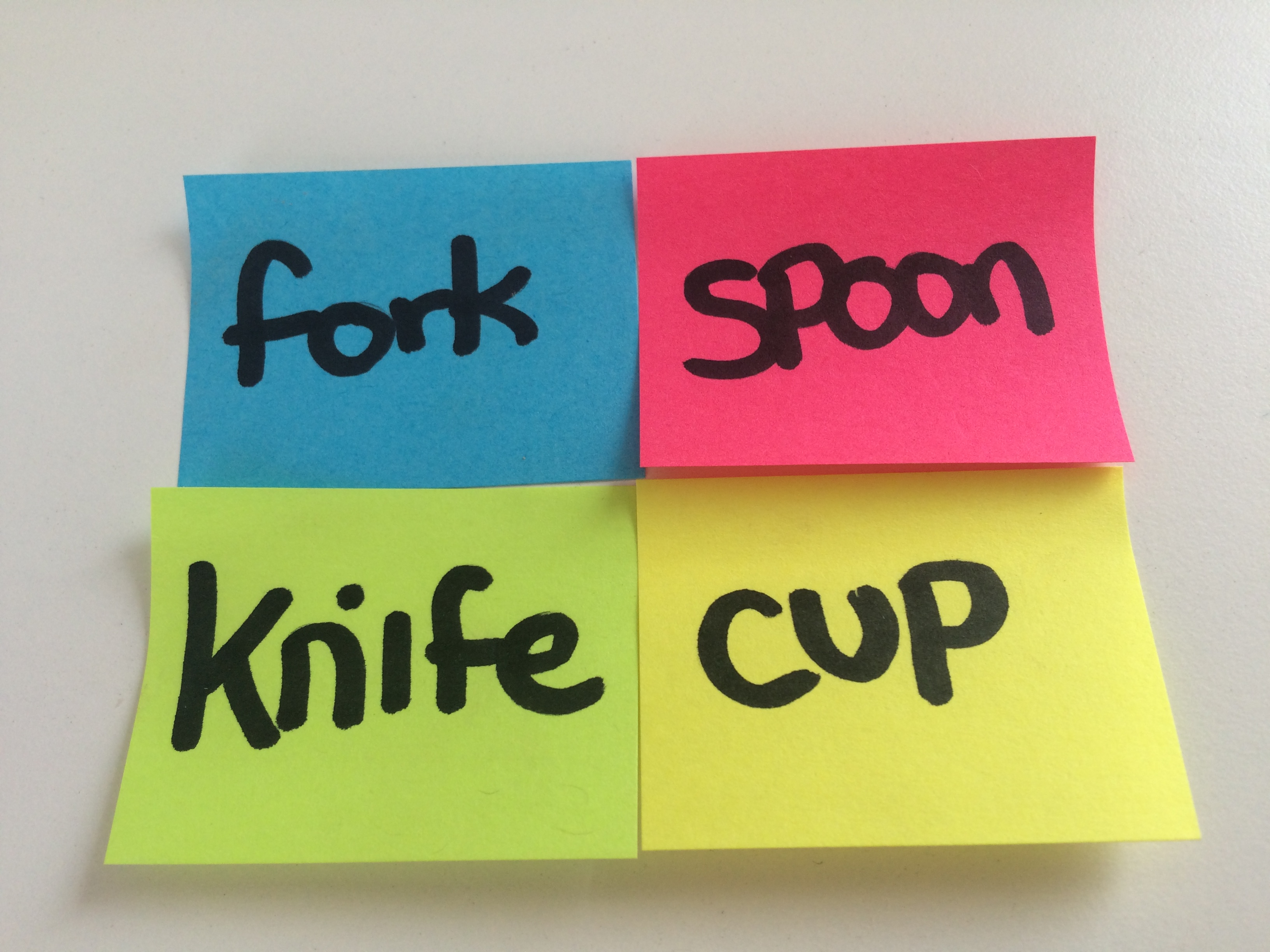A key focus of social care teams today is helping people to grow old at home, safely, with dignity and with appropriate levels of care if needed, without breaking the budget. Increasingly, local authorities are looking to advances in technology to facilitate this “growing old in place”.
Telecare packages and assistive technologies are often the preferred way for care teams to deliver social care in a home setting. And in situations where care is required around the clock (for example, support for people with dementia and other life limiting degenerative diseases), families and carers are adapting everyday technology and integrating it into their care-giving in order to supplement the telecare provided by local authorities.
Bricolage in dementia and elderly care
Bricolage means adapting an object to allow it to carry out a function which was not necessarily its original intended function. Relatives who care for loved ones with dementia, often adapt everyday objects to help them with their day-to-day caring. They find new, innovative and often non-conventional ways to use technology in diverse ways.
One example from dementia care was a man who bought a chicken ornament with a sensor which “crowed” whenever anyone walked past it. He placed it beside the front door so that if his wife, who suffered from dementia, walked up to the door to go out, he would hear and be able to go to her.
Other examples of technology being adapted include: setting alarms and reminders on mobile devices to remind people to take medication, or using webcams to act as personal CCTV so familly carers can monitor loved ones when they go out, or go into the next room.
These examples show that objects don’t have to be digital in order to be effective. The rise in capability of digital technologies and the relative decrease in cost, however, means it is often quicker and easier for families to invest in additional technologies themselves, rather than waiting for an assessment and an allocation of additional technology from their council.

Image by Buddi
Ethical challenges
Although there may be practical motivations, some charities have expressed concern about the ethics of some of the practices regarding adaptation of digital technology to form part of an assistive care package. While they recognise the strain of caring is significant for many people, rigging up a webcam in each room to allow you to “monitor” a loved one, or attaching a GPS tracking bracelet, for example, while often done with the best of intentions, could be interpreted as a breach of human rights.
Active assistive technology (technology which requires an active call for assistance) rather than passive technology (which is constantly monitoring) may be a better way of using technology ethically. It may also be used as an additional stimulant or interactive tool to allow patients to communicate. Apps and interactive devices, such as tablet computers, can inform a carer or loved one that someone had been using the app (providing a type of reassurance and monitoring) and the activities the app promotes might also be a visual stimulant and a communicative tool. The Dementia Citizens project has adopted this method and aims to help people with dementia and those who care for them, using apps on smartphones and tablets.
[vimeo 168335124 w=640 h=360]Dementia Citizens from Nesta UK on Vimeo.
Final thoughts
If we are mindful of the ethical challenges of integrating more technology into care, it might be possible for families and carers to work with social care and assistive technology development teams to adapt the tools available in a more empowering way. It might also mean that the onus is not on carers and their loved ones to build what they can from the standardised telecare provided by local authorities.
Bricolage in assistive care has, for many families, become the norm without them realising it. By adapting and supplementing assistive technology, like telecare packages, with non-assistive technologies or adapted additional digital technologies, families and carers can create a bespoke and personalised care package.
In future, understanding the extent to which families and carers adapt the technology given to them, could help creat more flexible care packages which can be more easily adapted to suit individual needs.
Share
Related Posts
Supporting residents on the decarbonisation journey: leveraging data for effective retrofit projects
As the drive towards decarbonisation intensifies, the social housing sector’s ability to collect, store and manage vast amounts of data becomes increasingly critical. With a shared goal of creating warmer, carbon-free homes, housing associations’ strategic use of data is essential ....
By Donna Gardiner While free school meals (FSM) have been available in England on a means-tested basis since 1944, recent years have seen a renewed focus upon the potential benefits of providing free school meals to all school-aged children. Currently, ....
Today sees the start of Community Garden Week 2023. Across the UK, communities will be celebrating the many and varied types of community gardens, from children’s and neighbourhood gardens to therapy gardens and allotments. The benefits of community gardens are ....
By Hollie Wilson At the start of 2020, an independent review was published setting out what needed to be done to bring about changes to the care system for children and young people in Scotland. At the heart of the ....


